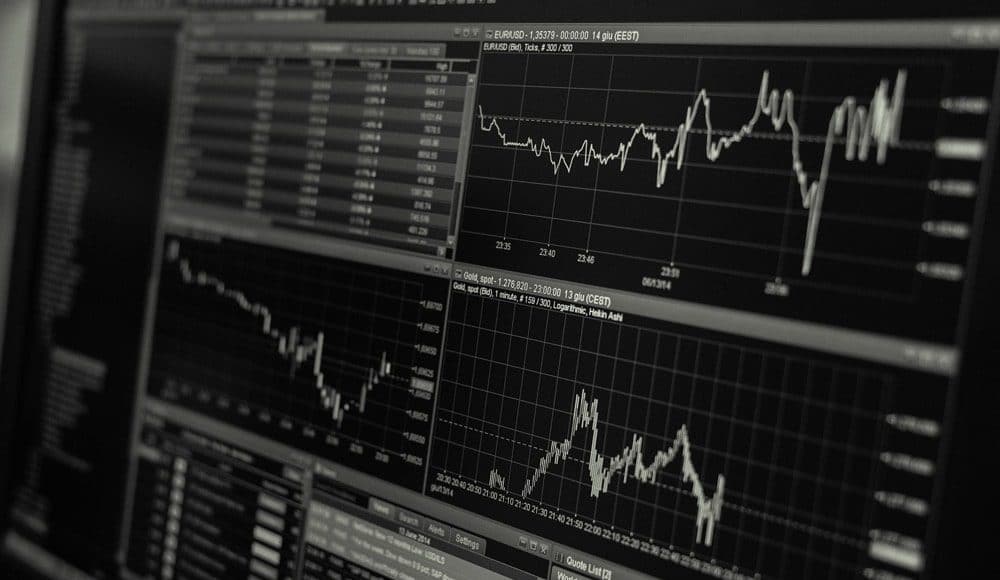Americans and Canadians spend a lot of money on marijuana. How much? According to a report from Arcview Market Research, a marijuana market research firm, citizens from the two nations forked out $53.3 billion in 2016.
To put that in proper perspective, that’s more money than what was spent at Starbucks and McDonald’s combined.
But even more stunning is that only 13 percent of that $53.3 billion — or $6.7 billion —was spent in the legal market. Another $46.4 billion — or 87 percent — stayed in the black market.
“The enormous amount of existing, if illicit, consumer spending sets cannabis apart from most other major consumer-market investment opportunities throughout history,” said Troy Dayton, CEO of Arcview. “The cannabis industry doesn’t need to create demand for a new product or innovation — it just needs to move demand for an already widely-popular product into legal channels.”
Arcview forecasts that the legal sector will soar at a 26 percent compound annual growth rate for the next four years. The $6.7 billion figure is projected to hit $21.6 billion in 2021. The report did not estimate the size of the illicit market in future years.
In 2015, McDonald’s sold $35.5 billion and Starbucks raked in $13.3 billion in revenue, according to trade publication QSR Magazine.
In 2016, four new states — California, Maine, Massachusetts and Nevada — joined Colorado, Washington, Oregon and Alaska in legalizing full adult recreational use of cannabis. Another 29 states have medical marijuana programs in place. So Arcview’s report, which will be published in full next month, comes as a bit of a surprise.
-
Related Story: Marijuana Is Officially California’s Largest Cash Crop
“Black market growers and distributors will always find a consumers. It really is a supply and demand principle. If there is demand and a state legislates against supply, the supply doesn’t go away. It just gets funnelled into a different market channel,” said one Northern California grower who wished to remain anonymous. “The longer anti-legalization policies remain in place, the longer we’ll stay in business. Basic economics, really,” he said.
The Arcview report found that the illicit market did shrink slightly in the past year. In 2015, the black market was responsible for 90 percent of sales, so the year-over-year drop was 3 percentage points.
It is logical to assume that the legal market will continue to grow as more states pass more progressive measures. It is also safe to assume that the longer marijuana remains illegal, the black market will thrive.


